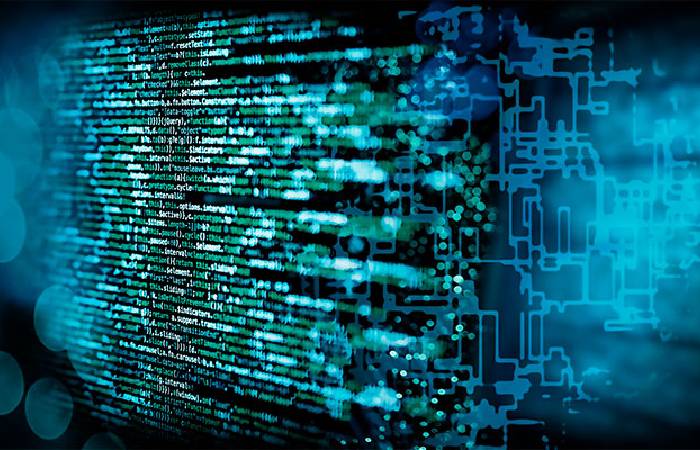Concrete AI Safety Problems – led by researchers at Google Brain, is Concrete Problems in Concrete AI Safety Problems Security. The article explores the many research issues in making modern machine learning systems work as intended. (The problems are efficient, and we’ve already seen some built into OpenAI Gym.)
Advancing Concrete AI Safety Problems requires making AI systems brighter and preventing accidents, allowing AI systems to do what humans poverty them to do. As a result, there is a growing focus on security research from the machine learning community, such as a recent article by DeepMind and FHI. Still, many machine learning researchers wonder how much security research can complete today.
The Authors Discuss Five Areas:

Safe discovery. Can reinforcement learning (RL) agents learn about their environment without committing destructive actions? For example, can an RL rep learn to navigate an environment without falling off a ledge?
Stability to distribution change. Can machine learning systems be resilient to differences in data delivery, or at least fail gracefully? For example, instead of confidently using the potentially inapplicable learned model, can we build image classifiers that display the appropriate uncertainty when displaying new types of images?
Avoid adverse side effects. Can we transform an RL representative’s reward function to avoid undesirable environmental impact? For example, can we make a robot that moves an object without manually programming a separate punishment for each possible misbehaviour, avoiding hitting or breaking anything?
Avoid bounty hacking and wire heading. For example, can we prevent agents from “playing” with reward functions by distorting their observations? For example, can we train an RL agent to minimize the number of dirty surfaces in a building without avoiding looking for dirty surfaces or creating new ones to clean?
Scalable control. Can RL agents achieve goals where feedback is too expensive? For example, although user feedback is infrequent and we use cheap proxies. And it (like the presence of visible dirt) during training. Can we create an agent that tries to clean a room in a way that the user is most happy with? ? The difference between cheap estimates and what matters to us is a significant source of accident risk.
Many problems are not new, but the article explores them in the context of cutting-edge systems. We hope they will inspire more people to work on AI security research at OpenAI or elsewhere.
We are particularly excited to participate in this document as an inter-agency collaboration. Also we believe extensive AI security collaborations will enable everyone to build better machine learning systems.
Conclusion
Concrete AI Safety Problems in short, the general trend is towards greater autonomy in AI systems, and the probability of error increases with greater independence. AI security issues are more likely when the AI system exercises direct control over its physical and digital environment without a human being in the loop (automated industrial processes, automated financial trading algorithms, online campaigns). AI-powered social networks). political parties, autonomous cars, and cleaning robots. The challenges can be daunting, but a ray of hope is that articles like Concrete Issues in AI Security are helping the AI community recognize these challenges and agree on critical issues. From here, researchers can begin exploring strategies to ensure our increasingly advanced systems remain safe and functional.
